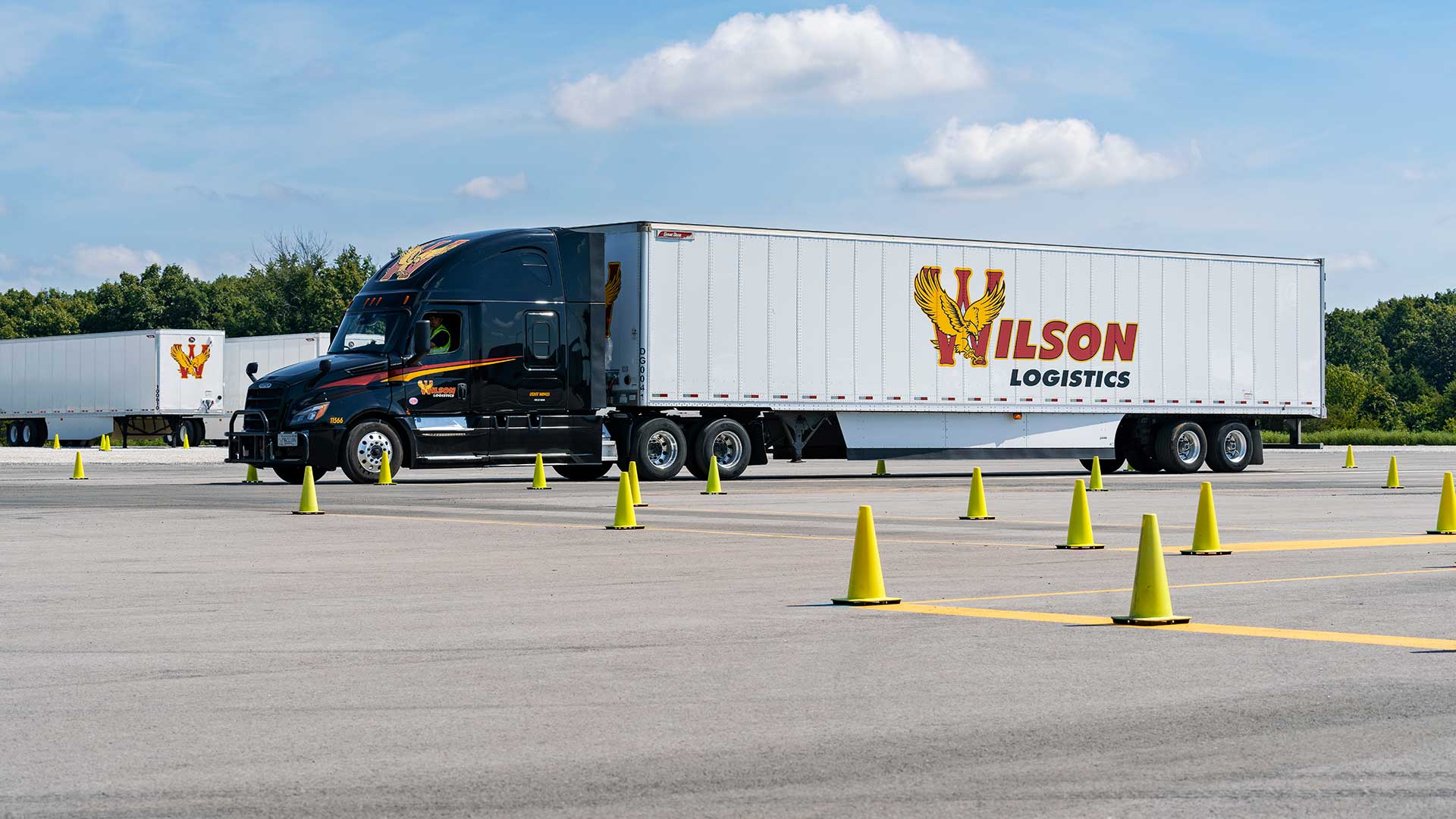New! High Road 2.0! We have a new version of this program. You can find it here: High Road 2.0
9.4 Loading and Unloading (continued from previous page)
Precautions for Specific Hazards
Explosives:
Turn off your engine before loading or unloading any explosives. Then check the cargo space.
- Disable cargo heaters. Disconnect heater power sources and drain heater fuel tanks.
- Make sure there are no sharp points that might damage cargo. Look for bolts, screws, nails, broken side panels and broken floor boards.
- Vehicles transporting Division 1.1, 1.2, or 1.3 (explosive) materials must have tight floors with that portion of the interior in contact with the load lined with non-metallic material on non-ferrous metals.

Use extra care to protect explosives. Never use hooks or other metal tools. Never drop, throw or roll packages. Protect explosive packages from other cargo that might cause damage.
Do not transfer a Division 1.1, 1.2, or 1.3 (Class A or B explosive) from one vehicle to another on a public roadway except in an emergency. If safety requires an emergency transfer, set out red warning reflectors, flags or electric lanterns. You must warn others on the road.
Never transport damaged packages of explosives. Do not take a package that shows any dampness or oily stain.
Class I (explosive) materials on vehicles in combination:
Division 1.1 or 1.2 (explosive) materials may not be loaded into or carried on any vehicle or a combination of vehicles if:
- More than two cargo carrying vehicles are in the combination,
- Any fuller trailer in the combination has a wheel base of less than 184 inches,
- Any vehicle in the combination is a cargo tank required to be marked or placarded under §177.823, or
- The other vehicle in the combination contains any:
- substances, explosive, n.o.s., Division 1.1A (explosive) material (initiating explosive),
- packages of Class 7 (radioactive) materials bearing “Yellow III” labels,
- Division 2.3, Hazard Zone A or Hazard Zone B materials or Division 6.1, PG I, Hazard Zone A materials, or
- hazardous materials in a portable tank or a DOT specification 106 A or 110A tank.
Class 2 (compressed gases) including cryogenic liquids:
If your vehicle does not have racks to hold cylinders, the cargo space floor must be flat. The cylinders must be:
- Held upright or braced lying down flat, or
- In racks attached to the vehicle, or
- In boxes that will keep them from turning over.
Division 2.3 (poisonous gas) or Division 6.1 (poisonous) materials:
Never transport these materials in containers with interconnections. Never load a package labeled POISON, POISON INHALATION HAZARD or POISON GAS in the driverʼs cab or sleeper berth. Except for poisons marked or labeled as PGIII, never transport a package labeled POISON or POISON INHALATION HAZARD with foodstuffs or edible materials for human or animal consumption
We've seen this statement a couple times now. Never use hooks when loading explosives, or any other type of hazardous material for that matter.









 TT On Facebook
TT On Facebook